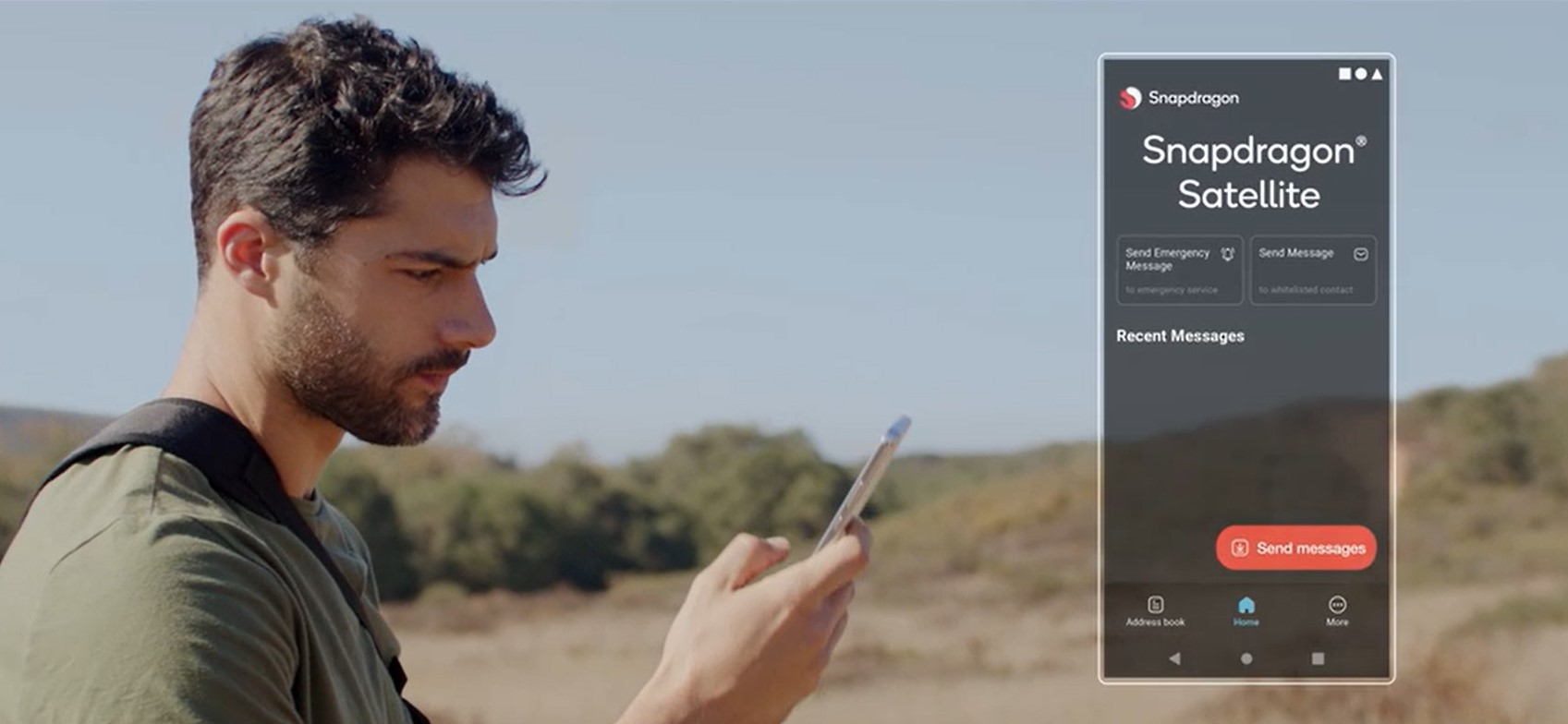At CES 2023, Qualcomm introduced Snapdragon Satellite for Android phones, which will enable communication anywhere on Earth in emergency situations. Recently, Qualcomm announced the first few companies that have adopted this technology and are planning to implement it on their future smartphones soon. Below are some details for the same:
Companies to Introduce Satellite Communication Technology
During the Mobile World Congress 2023, Qualcomm announced partnerships with Xiaomi, Oppo, Vivo, Motorola, Nothing, and even Honor to introduce satellite communication to their phones soon. They will use Snapdragon Satellite, a two-way messaging service aiming to deliver global coverage from pole to pole, which will also support third-party messaging platforms. It is to be noted that Apple had first introduced satellite communications to the iPhone 14 series, but it doesn’t support third-party apps.
Qualcomm collaborated with Irium, a global satellite communications company, to make this possible. Snapdragon Satellite is supported by Snapdragon 5G Modem-RF Systems and Iridium’s satellite constellations.
In addition to bringing satellite communication to smartphones, Qualcomm plans to expand this technology to laptops, tablets, vehicles, and IoT-backed devices. Moreover, they plan to support 5G Non-Terrestrial Networks (NTN) soon.
Qualcomm aims to introduce satellite connectivity to Android phones by the end of this year.
Francesco Grilli, vice president of product management at Qualcomm Technologies, Inc, stated that,
“By incorporating Snapdragon Satellite into next-generation devices, our partners will be able to offer satellite messaging capabilities thanks to a mature and commercially available global LEO constellation, which can allow subscribers around the world to communicate outdoors with emergency service providers, as well as family and friends.“
There is currently no information on when the OEMs will start implementing Snapdragon Satellite into their devices, and none of them have provided any updates on this matter. It will be best to wait for further updates regarding the availability of this technology on smartphones. Hence, stay tuned for more information.
